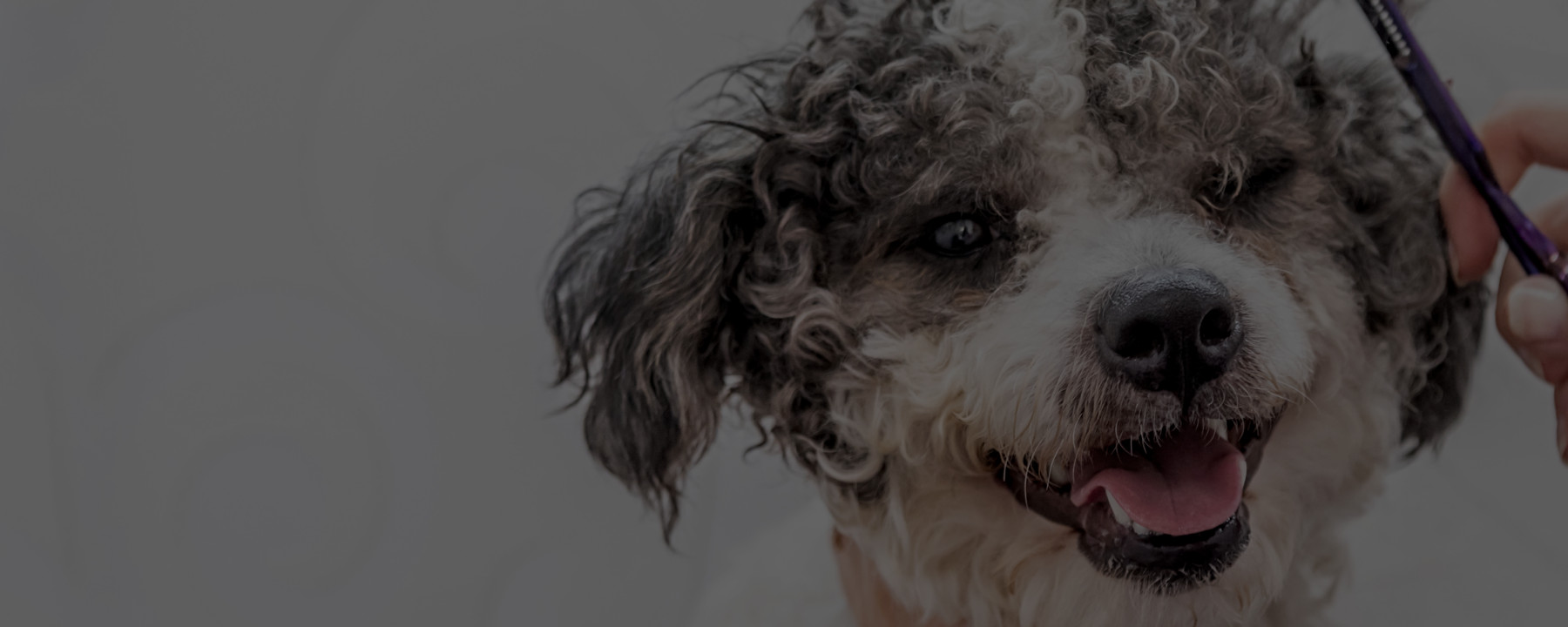QC Pet Studies graduate Casey Bechard works as a full-time dog groomer and shop manager at Off The Leash Pet Grooming in Regina, Canada. Today, she shares 3 details new dog groomers often overlook!
When just starting your dog grooming career, you’ll notice bit of a learning curve. There is a lot to remember, from the way you accept dogs at the beginning of the grooming appointment to the way you send them home. But once you develop a routine, it all flows easily.
Until then, you should try your best to be as thorough as possible. Often, new dog groomers can forget a few important details before, during, and after a groom that could affect business.
In this article, I will mention some client service, grooming, and business details that new groomers forget all the time!
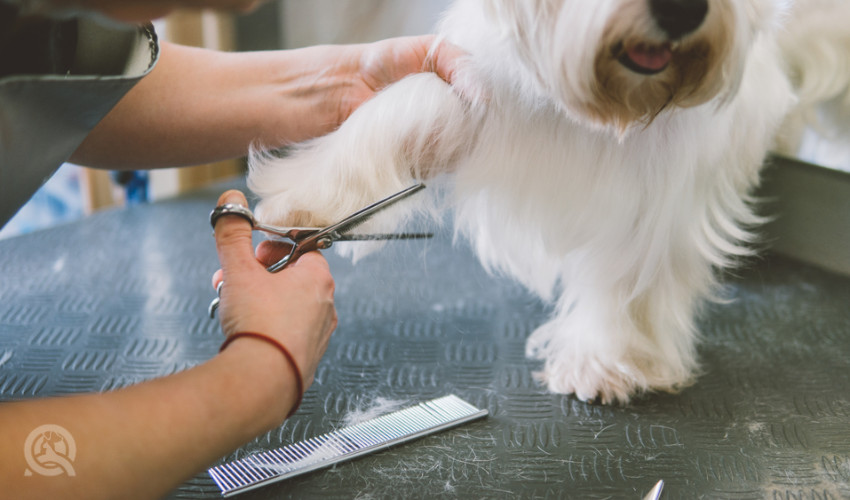
Consult with your clients before and after the groom
You get two chances to speak to the dog owners about the appointment—when they drop off and pick up their dogs. I always try to ask as many questions as possible before the client leaves. If you are a new dog groomer, this can be a bit difficult. You probably don’t think you know what to ask or how to ask it—I’ve been there. But the answers you get from the owners will help you approach and complete the groom.
- How the dog is doing.
- If there is anything you need to know before starting the groom.
- Details about the cut the owners want.
- If they need or would like to update their contact information.
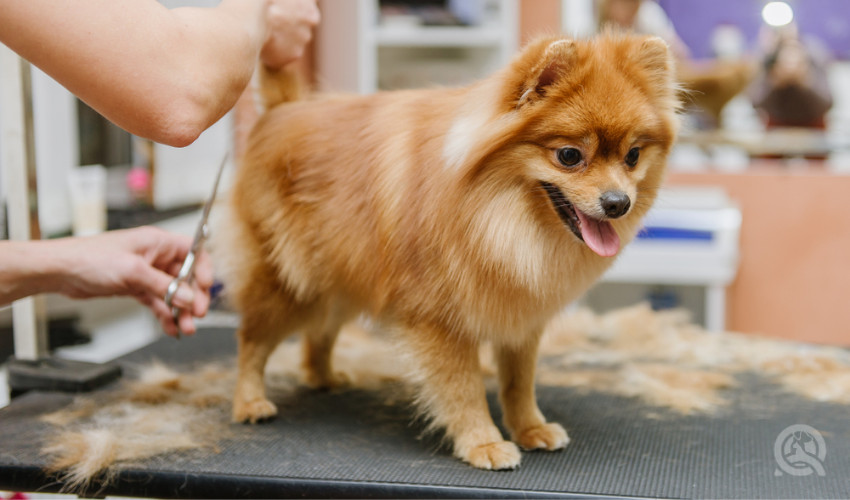
- Has he been himself lately? Is there nothing out of the ordinary?
- Has he had any recent vet visits, besides yearly vaccinations, such as emergency visits?
- Would you like the ears short, trimmed, shaved? And the same goes for the tail, trimmed or shaved?
- Is your address, email, or phone number still the same?
Haircut details for the dog grooming appointment
I have seen many new dog groomers forget to get the grooming details. I’ve been guilty of this, too! But you definitely want to ask about grooming specifications. The most important details you’ll need are…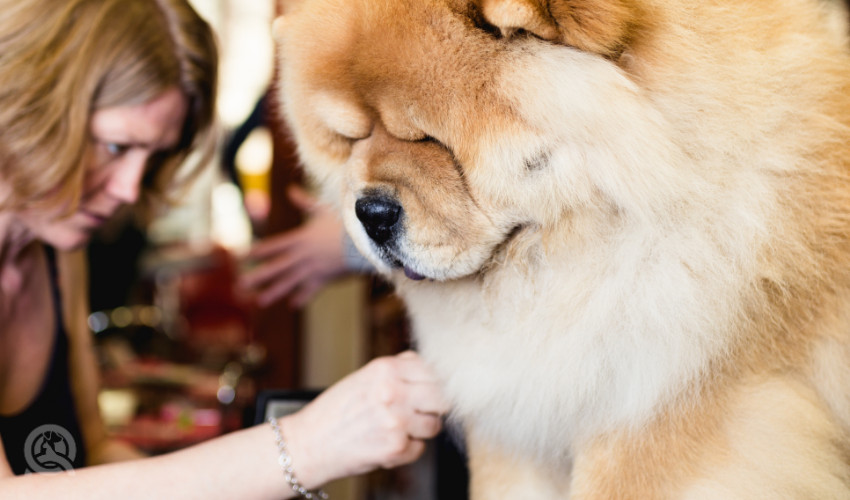
The exact length they want taken off their dog’s coat.
Sometimes clients just say they want the dog to be cut “short”. But when they show you the length they want on the dog, they really only want half of it trimmed off. Clarify the length with them! Show them how much “short” means, or ask them to show you what they want. It could save your butt!
What they want done with the ears.
You might not believe it, but many clients are picky about what they want done to their dog’s ears. And if you don’t ask them or they don’t mention anything at drop off, they might be upset with you at pick-up.
Usually, when I groom a dog with straight, upright ears with lots of fluff, I always ask if they want me to touch or leave the fluffy ears. More often than not, they want me to leave them. But if I didn’t ask, I may have just trimmed them to look even with the rest of the coat. So don’t be afraid to ask questions!
What they want done with the tail.
Tails can be tricky. More often than not, the clients don’t really mention what they want done to the tail. Usually, they want it trimmed. Nevertheless, when I’m taking in the dog, I’ll quickly ask if they want the ears and tail trimmed. They’ll either say, “Yes, just do that”, or “You know what? I think I want them pretty short but not shaved.” The second answer gives me more of an idea of what they want.
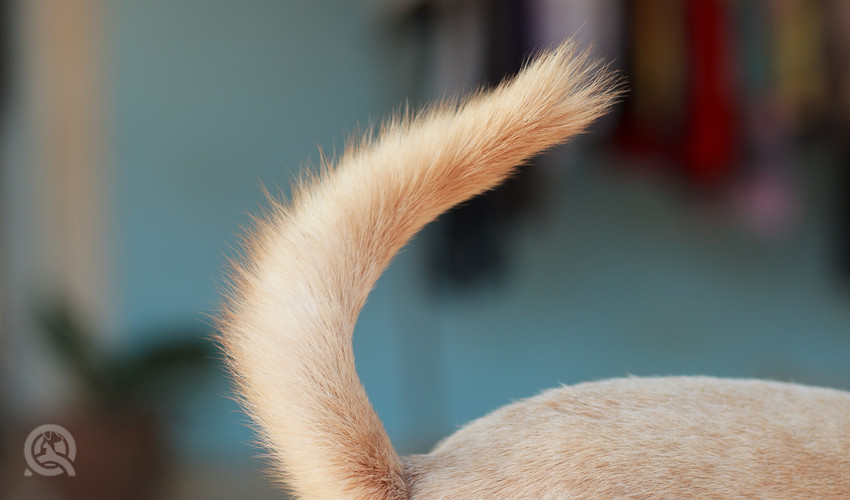
Missing information in your dog grooming portfolio
A good grooming portfolio can make or break your dog grooming career. So you want to add as much information as possible about your grooms. You want to show clients your professional expertise and great attention to detail. Here are a few things new groomers putting together their portfolio may forget:- The specific tools you used in the grooming job
- The dog breed depicted in the photo
- The length of time it took you to complete each groom
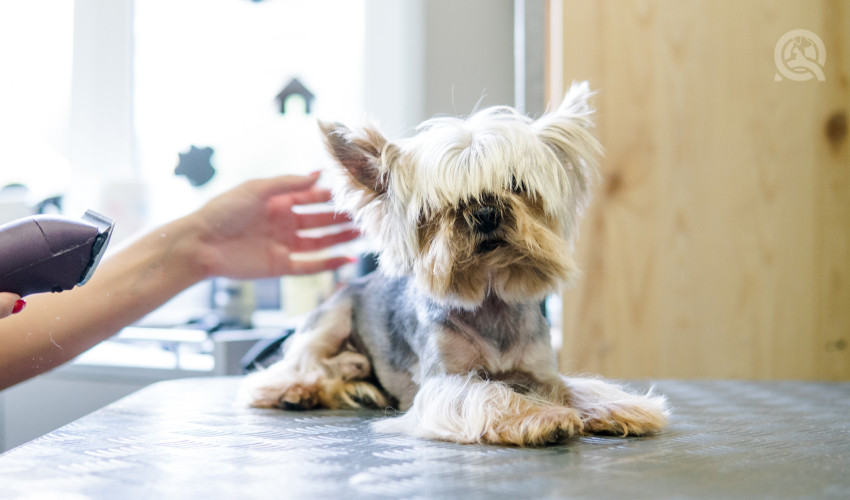
The first iteration of your dog grooming portfolio will be rough, let’s be honest. But your grooms will get better with experience. Here are a few pointers on what to include and what to leave off your dog grooming portfolio!
- Instead of just vaguely saying you used a brush or blade, say the exact kind you use. Here’s an example: “I brushed this Sheltie with my slicker brush to get all the knots and tangles out of its coat.” And for the type of clipper blade, you could say, “For this Shih Tzu, I used a #5 blade to get the length the owner wanted to achieve”.
- It does not hurt to add the breed types and personal names of the dogs in your portfolio. It makes it more personal and gives the client viewing your portfolio the kind of fur you were dealing with. And be sure to mention if the dog was a mixed breed, too!
- You also want to mention how long it takes you to groom a certain breed of dog. Mention how bigger dogs take longer to groom. You can also indicate some difficult dogs, which will extend the grooming timeline. It’s always a good idea to add those details.
I really hope these pointers help you to track the important details in a grooming business. Remember, it all takes practice. The more you do something the more it becomes a habit.
Happy Grooming!
Expect to make lots of errors in your first year of professional grooming. Check out these 6 mistakes all new dog groomers make their first year!


